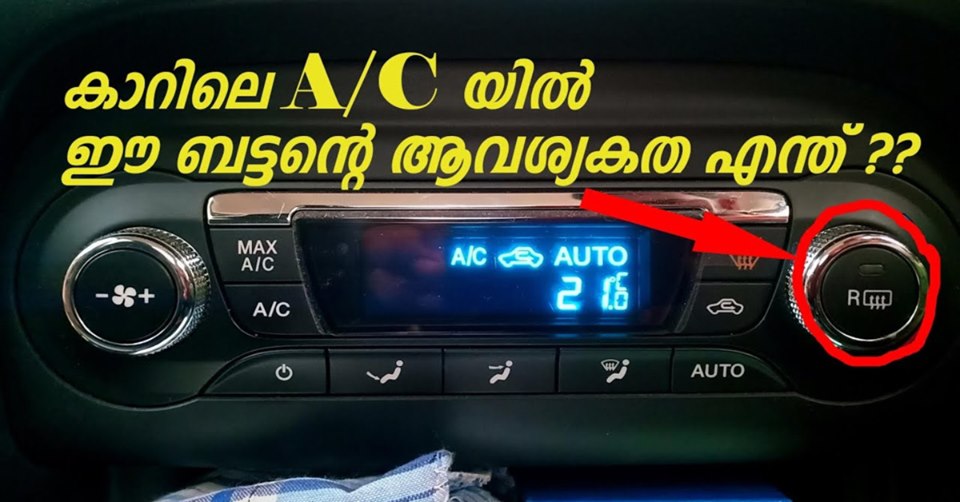HOW DOES THE AIR CONDITIONING IN MY CAR WORK?

A vehicle’s air conditioning system does not create cold air. It actually takes the heat and moisture out of the air that is already in your car, leaving behind cooler air. Having a good understanding of how the components work can help to explain the methods of repairs in the air conditioning system.
for watch detailed video about HOW DOES THE AIR CONDITIONING IN MY CAR WORK?, see below. for getting daily updates follow our facebook page and click see first option in following button. if you interested this. give this post to your friends and relatives.for more videos, subscribe now:Bulb Media AutoLogs
The freon/refrigerant resides in the a/c system. The a/c compressor initiates the high-side of the system where it is compresses the freon/refrigerant into a high-pressure state causing it to liquefy. It travels through the high-pressure lines to the condenser. The condenser which is similar to a small radiator, puts the liquid in contact with fresh air on the outside of the vehicle, which absorbs the heat from the liquid. It then flows into the expansion valve or orifice tube where it is restricted and becomes gaseous into the low-pressure side of the a/c system. Then it flows into the receiver dryer/accumulator that contains a desiccant bag to remove and collect unwanted moisture/water and impurities. The clean gaseous freon/refrigerant then travels through the tubing into the evaporator(that is usually located in the passenger compartment of the dash). Freon/refrigerant in its gaseous state is now able to absorb heat from the air passing through the evaporator fins, leaving behind the cooler air. Fans blow this cooler dry air into the car’s cabin. The refrigerant travels back to the compressor in the suction hose of the a/c system to get compressed back into the high-pressure gas and begin the process again.
The freon/refrigerant also carries dispersed oil that helps to keep the air-conditioning compressor lubricated while operating. Freon/refrigerant staying charged or in a full state is crucial to the proper operation and lubrication of the a/c compressor. R-12 used to be the commonly used freon/refrigerant up to 1993. All vehicles that were produced in 1994 and later were required by the Environmental Protection Agency to be equipped with R-134 freon/refrigerant, which was determined to be better for the environment. There were also stricter regulations enforced against the leakage and handling of refrigerant/freon and the repairing of a vehicles a/c system.
If the freon/refrigerant level gets low, the a/c system can still operate, even though it may loose some of it’s cooling effect, or it can shorten the cycle of operation, and it can cause damage due to the compressor not being properly lubricated while operating. Checking pressures of the a/c system while in operation can give an indication of low freon/refrigerant, but it cannot tell you how low the refrigerant is. If the freon/refrigerant level is low, it is due to a leak that has developed in the system.
If you’re a/c system is not working properly, it is a good idea to have your trusted repair facility perform some basic checks. Check the operation of the compressor, it’s clutch and belt, check the high and low pressures of the system while operating, check proper control panel operation, check heater blower fan and engine cooling fan operation, check for restrictions in the system, check for proper air flow through the condenser and evaporator, check for any obvious leaks. Our next article will talk about leaks in an a/c system and how to find them.


